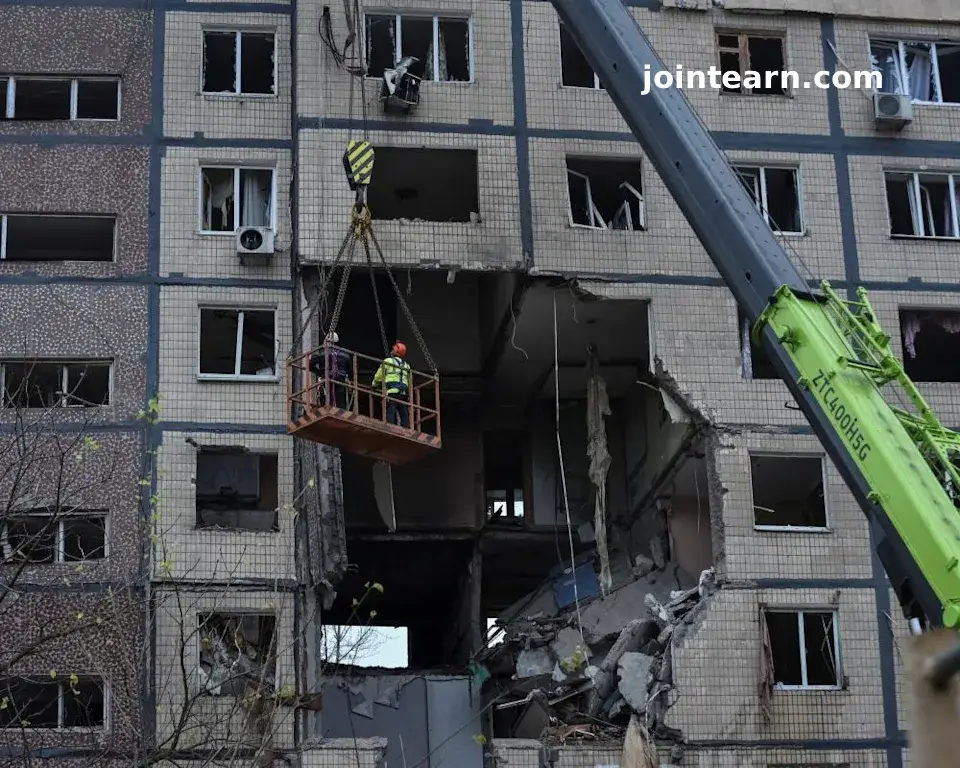Operations at Delhi’s Indira Gandhi International Airport (IGIA), one of the busiest airports in India and a critical hub for both domestic and international air travel, faced significant disruptions on Friday morning, affecting hundreds of passengers and multiple airlines. The delays were caused by a technical glitch in the airport’s Air Traffic Control (ATC) systems, specifically the Automatic Message Switching System (AMSS), which is central to the processing and communication of flight plans.
IGIA is a massive aviation hub, handling over 1,500 flight movements daily and serving millions of passengers annually. Any disruption in its operations naturally has wide-reaching consequences across the country’s northern airspace, as flights to and from Delhi link to several other major airports in India and abroad. According to flight-tracking platform Flightradar24, 513 flights had already been delayed on Thursday, and by Friday morning, at least 171 flights were reported as running late. Some flights faced delays of up to 53 minutes, with indications that the situation was worsening as operations continued.
The disruption began on Thursday afternoon around 3 pm when the Automatic Message Switching System, a critical component that transmits flight plan information from airlines to the ATC network, malfunctioned. This system normally ensures that air traffic controllers receive updated flight plans in real time on their screens, allowing them to efficiently coordinate departures, arrivals, and airspace management. Once the AMSS failed, controllers had to switch to manual processing of flight plans—a labor-intensive and slower method that involves cross-verifying multiple sources of data to ensure safe and orderly aircraft movement.
An official familiar with the situation explained that such glitches are rare at IGIA, where operational procedures are highly automated and sophisticated. “The issue began on Thursday afternoon at around 3 pm. It has not allowed the ATCOs [air traffic controllers] to receive flight plans automatically on their screens,” the official told HT.com. “Controllers are now preparing flight plans manually using available data, a process that is slowing down operations.” Another source noted, “Each task that is normally automated before a flight departure is being done manually. There is chaos at Delhi ATC currently.”
The Airports Authority of India (AAI), which oversees air traffic control and aviation safety across the country, confirmed that the delays were due to technical issues in the AMSS. In a statement, the AAI spokesperson said: “Flight operations at Delhi Airport are experiencing delays due to a technical issue in the Automatic Message Switching System, which supports Air Traffic Control data. Controllers are processing flight plans manually, leading to some delays. Technical teams are working to restore the system at the earliest. We appreciate the understanding and cooperation of all passengers and stakeholders.”
Delhi Airport operator Delhi International Airport Limited (DIAL) also confirmed the issue. In a statement, DIAL explained that the ATC system malfunction was directly impacting flight departures and arrivals across the airport. The operator reassured passengers that teams were working round the clock to mitigate delays and restore normal operations as quickly as possible.
The technical malfunction affected both domestic and international flights, disrupting airline schedules and impacting passenger experiences. Flight operators, including IndiGo, Air India, SpiceJet, and Akasa Air, issued advisories urging passengers to check the status of their flights before traveling to the airport. IndiGo tweeted, “Flight operations at #Delhi Airport are currently experiencing delays due to a technical issue with the Air Traffic Control (ATC) system. As a result, flight operations at Delhi and several northern regions are impacted.” Similarly, Air India stated that the issue was affecting all airlines and leading to longer wait times at the airport and onboard aircraft, while SpiceJet and Akasa Air also warned of potential delays for flights across Delhi and the northern regions of India.
Passengers at IGIA expressed frustration over the lack of real-time information and prolonged wait times. Yogesh, a passenger traveling to Switzerland, told ANI, “I am getting phone calls but I have not received any official message from the air agency. There is no display on board. I will know more once I go on.” Such confusion underscores the challenges faced by travelers during large-scale operational disruptions at busy airports.
The impact of this technical glitch goes beyond individual flight delays. Delhi is the country’s busiest airport and a major hub connecting northern India to global destinations. A slowdown in operations at IGIA can create cascading delays across multiple airports, affecting connecting flights, cargo operations, and air traffic management in adjacent airspace. The manual processing of flight plans, while necessary for safety, significantly reduces the airport’s capacity and operational efficiency.
The situation also highlighted the importance of redundancy and technological resilience in air traffic management. Modern airports rely heavily on automated systems to manage vast volumes of data and ensure timely coordination of flights. When these systems fail, even for a short duration, the operational disruption can be extensive, as human controllers are forced to revert to slower, manual processes. Technical teams from both AAI and DIAL have reportedly been working continuously to diagnose the cause of the AMSS failure, implement temporary workarounds, and restore full automation.
While the immediate priority remains resuming normal operations, aviation authorities and airlines are also likely to conduct a post-incident review to prevent similar issues in the future. Ensuring redundancy in critical systems, improving communication with passengers during technical failures, and strengthening real-time monitoring of ATC infrastructure are expected to be key areas of focus.
As of Friday, flight delays at IGIA were still ongoing, with several airlines experiencing a backlog of departures and arrivals. Passengers were advised to check with their airlines directly for the latest updates on flight timings and to allow extra time at the airport. Airlines also emphasized that the situation, while disruptive, did not compromise flight safety, as controllers continued to ensure proper coordination despite the technical challenges.
The incident at Delhi Airport serves as a reminder of the complexities involved in managing one of the world’s busiest airspaces. With over 1,500 flight movements daily, IGIA plays a critical role in India’s aviation network, and any disruption can have ripple effects throughout the national air traffic system. While technical issues are an unavoidable aspect of complex operations, quick response, transparent communication, and robust contingency planning are essential to minimize passenger inconvenience and maintain operational integrity.
Authorities are optimistic that the AMSS will be restored soon, and that normal flight operations at IGIA will resume shortly. Until then, passengers are urged to stay updated through official airline channels and airport communications. The AAI and DIAL have expressed gratitude to passengers for their patience and cooperation during the disruption, underscoring that safety remains the foremost priority even in the face of operational challenges.


Leave a Reply